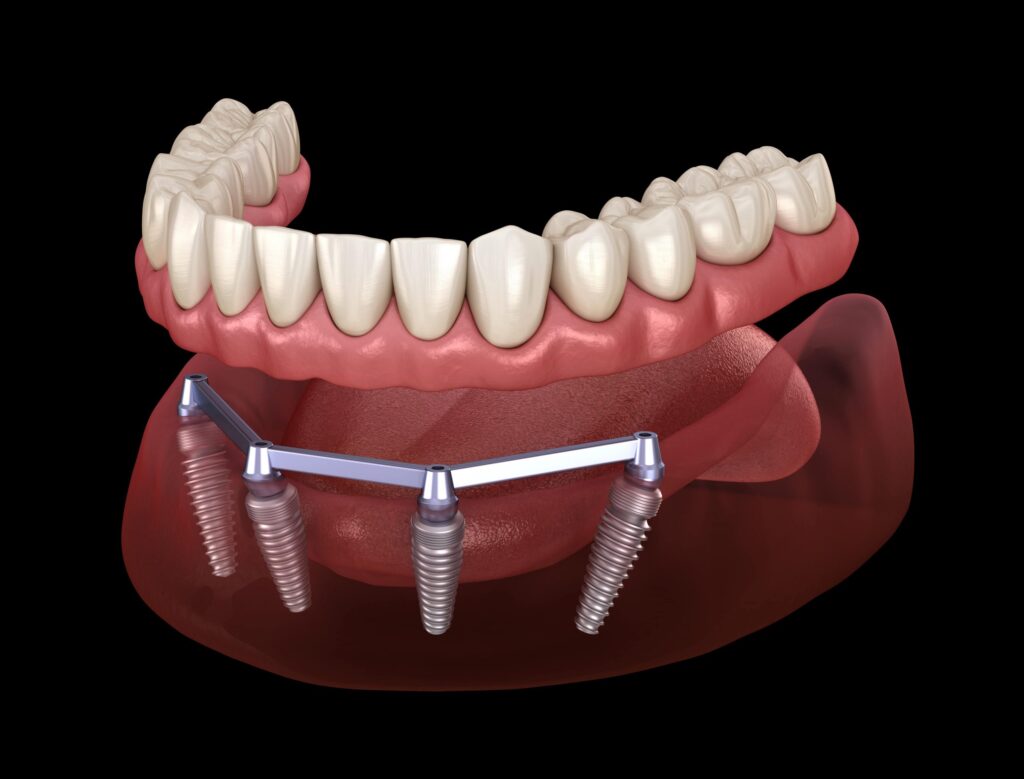Introduction
As technology continues to evolve, the field of dentistry is not left behind. One of the most groundbreaking innovations is the utilisation of 3D printing in the creation of dental implants. Particularly in cities such as dental implants Manchester is witnessing a transformation, as the demand for precision and efficiency skyrockets. This blog explores how digital dentistry is reshaping the landscape, improving outcomes for patients and practitioners alike.
The Advent of 3D Printing in Dentistry
3D printing, also known as additive manufacturing, has introduced a new era in dental care. It allows for the precise fabrication of dental implants, crowns, and bridges with remarkable speed and accuracy. The process involves creating a digital map of a patient’s mouth using advanced imaging technologies. This digital blueprint is then used to print the dental structure layer by layer, ensuring a perfect fit and reducing the margin for error significantly.
Benefits of 3D Printing in Dental Implants
- Precision and Accuracy: 3D printing ensures a highly accurate fit, which is paramount for the success of dental implants.
- Time Efficiency: The production time for dental implants is significantly reduced, allowing patients to receive their implants faster.
- Cost-Effectiveness: By minimising waste and streamlining the manufacturing process, costs are reduced for both practitioners and patients.
Research highlights that 3D printing in dentistry offers various advantages over traditional methods. A study published in the Journal of Prosthodontics emphasises its potential in enhancing treatment outcomes and patient satisfaction.
Innovations in Dental Implant Procedures
The impact of 3D printing extends beyond just manufacturing. Surgeons can now plan procedures with greater precision, using virtual simulations to strategise the placement of implants. This ensures minimal invasiveness and optimises recovery times for patients. According to insights from the UCLA School of Dentistry, integrating digital workflows into dental practices has revolutionised patient care, setting new standards in the field.
Implications for Dental Professionals
For dental professionals, the introduction of 3D printing is a game-changer. It requires practitioners to be adept with new technologies and embrace continuous learning to keep up with advancements. The shift towards digital dentistry not only enhances their skill set but also elevates the standard of care they provide.
Challenges and Considerations
Despite its benefits, the adoption of 3D printing in dentistry is not without challenges. Initial costs for acquiring the technology can be substantial, and there is a learning curve associated with mastering the new equipment. Furthermore, ensuring a seamless integration into existing practices requires strategic planning and adaptability. Nonetheless, studies indicate that the long-term benefits outweigh these initial hurdles.
Conclusion
The marriage of 3D printing and dentistry heralds a new era of precision and efficiency in dental care. For those seeking dental implants Manchester and beyond offers a glimpse into what the future holds with the promise of improved patient care and satisfaction. As technology continues to evolve, embracing these advancements will undoubtedly lead to a brighter, healthier future in dental medicine.



